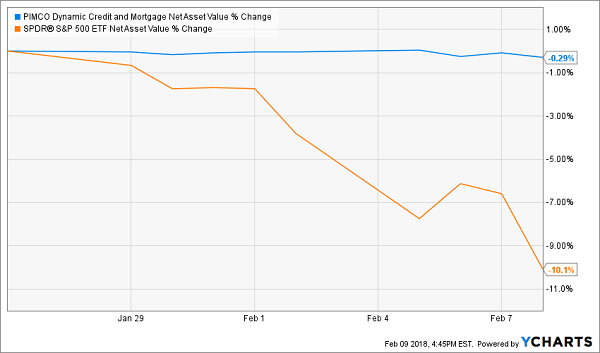“There it is – Freddo’s Ice Cream. It should be right next door,” I half-heartedly explained to my wife.
And with feigned confidence, I added, “I’ll be right back.”
I crossed the street once, then again… and walked up toward this monolith:

I didn’t see a teller window, so I walked around into the ice cream shop. Maybe that was the entrance.
Nope, just a wall. So I circled back, and the door on the left “buzzed” at me. I tried to pull it open—to no avail.
It buzzed again. I tried pushing this time, and it opened. Inside there were two teller windows, both guarded by bulletproof glass.… Read more


Recent Comments